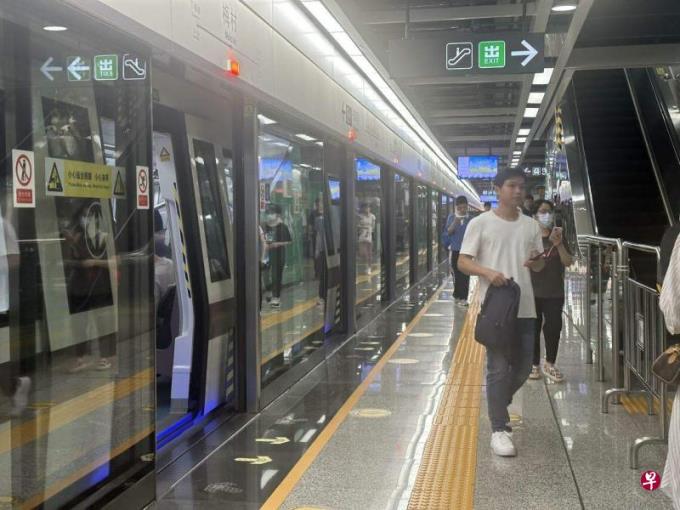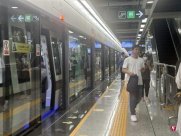
The fifth phase of the Shenzhen Metro was cut about 30%, becoming another Chinese city that has shrunk after Nanjing, Chengdu, and Hangzhou.Scholars of interviewees analyzed that the fiscal pressure faced by local governments in the past two years is the "Linking Gate" that has reduced the planning of the subway in various places.
The Shenzhen Municipal Housing and Urban Construction Bureau announced the five -phase subway construction plan in April this year. The 13 subway lines originally planned to be reduced to nine. The cut lines were all located on the periphery of Shenzhen and the extension of the extension of Dongguan.
In addition to Shenzhen, the fourth phase of the subway phase approved by Hangzhou at the end of last year also reduced from the initial 17 to nine; the first year before the planning of Chengdu's subway plan, it also reduced from 55 to 36.
Subway is one of the most efficient ways to commute.With the rapid advancement of China's urbanization in the past 20 years, many places have ushered in the era of "Metro Great Leap Forward".As of May this year, 54 cities in China have opened subways.
However, in addition to some densely populated large cities, most of China's urban subway passenger flow is not high.According to the data of the Ministry of Transport in May this year, only 15 cities have reached the official passenger strength standard for 7,000 per kilometers per kilometer set by the proposed subway.This indicator is the initial requirements of the subway line, and most of the subways that have not met the standard have been opened to traffic for many years.
A nest of bee in various places build subways, causing concerns about waste of resources and pressure on local government debt.In 2018, the Chinese State Council raised the threshold for subway construction, set up a series of hard indicators, requiring the resident population of the construction of subway cities to reach more than 3 million people, and the regional production value reached 300 billion yuan (RMB, the same below, S $ 56.5 billion), Fiscal revenue of 30 billion yuan.
As a first -tier city, Shenzhen satisfied the above indicators. The revenue of Shenzhen Metro also reached the number one nationwide in 2022, but the newly planned subway line was still "chopped", causing external attention.Some analysts believe that this also means that the "subway dream" of other cities will be more difficult to achieve.
Lu Xi, assistant professor of the School of Public Policy of the National University of Singapore National University, pointed out in an interview with Lianhe Morning Post that local governments hope to build more subway lines because these projects have huge social and economic benefits, which is an important engine to promote urban economic development.Essence
However, China's epidemic prevention and control measures have impacted the economy in the past three years. The downturn in the property market has also led to a decrease in tax and land sales revenue. Fiscal in -downsizing it, resulting in tremendous financial pressure on some local governments.
Lu Xi analyzed that local fiscal difficulties are forcing the government to make the "Linking Gate" decided to reduce the decision of subway planning, so that the facts that all places have to accept the subway line must be reduced.
Due to the public welfare attributes of urban rail transit, like most countries, the subway operations in most cities in China are seriously losing losses and must rely on high government subsidies to maintain operations.
In order to make up for the financial gap of the subway business, many subway companies have also adopted "traffic -oriented" development to develop high -density properties at subway sites and subsidize the construction and operation of the subway through real estate -related income.However, as the demand for real estate in China has continued to weaken, the revenue obtained by Metro Corporation from real estate development has also begun to decrease in the past two years.
Some analysts pointed out that in the context of continuing to cool down the property market, even if it is a more popular subway house, there will be risks that cannot be sold.Come to maintain subway operations.
Scholars also pointed out that the reduction of subway planning and local fiscal difficulties may form a "negative cycle" unfavorable situation.
Lu Xi said: "The construction of subway lines and local land finances are always a positive relationship. Once a certain party must reduce the subway project due to external forces, this will shrink the original subway planning property market and further suppress new new newly suppress new newly suppress new newly suppress new newly suppress new newly suppress new new subway planning and further suppress new new new.The price of land sales affects land finances, which will exacerbate local financial difficulties in turn. This is a negative cycle. "


